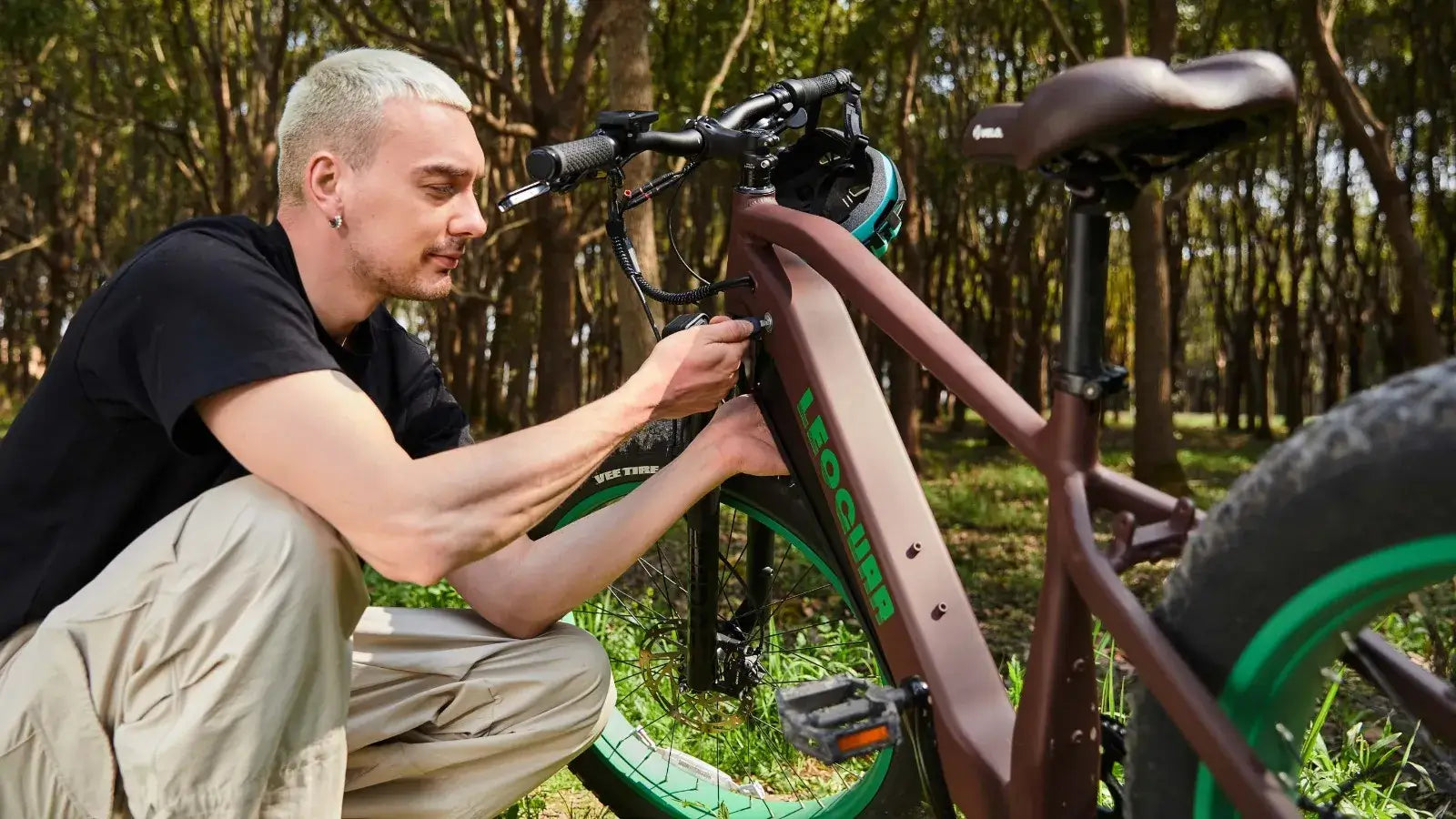
Maximizing Range: How Far Can an E-bike Go on One Charge?
As a rider, you've probably wondered how far can electric bikes go on a single charge. This is a passing thought but a crucial consideration when choosing an electric bike. An electric bike range capabilities can significantly impact your riding experience and determine the distances you can cover. Understanding your bike’s range can allow you to plan your ride effectively and ensure you have the power necessary to reach your desired destinations.
While you may own an electric bike with a commendable range, it's crucial to recognize that other factors can influence this range. A prime example is the battery. A robust e bike battery is a prerequisite for an e-bike to extend its overall range. External factors, such as the terrain you navigate, your weight as a rider, and your chosen riding style, also significantly determine your bike’s range.
How Far Can 750W Electric Bikes Go?
Range refers to the distance an electric bike can travel on a single battery charge. It's a crucial specification as it sets the maximum distance you can cover before recharging the e bike battery.
Several factors can affect your Leoguar 750W fat electric bike range, some of which include:
Battery Capacity and Type
Battery capacity, typically measured in watt-hours (Wh), represents the energy the battery can store. A higher-capacity battery generally offers a longer electric bike range. It's important to note that different e-bike models may have varying battery capacities, so this is a crucial factor to consider when assessing the range of a specific e-bike. The type of e bike battery used also plays a significant role in range. Lithium-ion batteries, known for their high energy density and lightweight nature, are commonly used in electric bikes, contributing to extended bike range capabilities.
Motor Efficiency
A more efficient motor will consume less energy, allowing the e-bike to travel further on a single charge. The motor’s design, quality, and technological advancements will also increase efficiency. The Leoguar 750W Fat Tire e-bike is equipped with a 750W motor, and the efficiency of this motor plays a crucial role in determining the range it can achieve.
Rider Weight and Riding Style
A less-weight rider will travel more on a single charge than a heavier rider. Heavier riders generally require more power to propel the e-bike, resulting in higher energy consumption and a shorter electric bike range. Aggressive riding styles, frequent acceleration, and high speeds can drain the e bike battery more rapidly, reducing the overall range. To maximize the range of the Leoguar 750W Fat Tire e-bike, you can adopt a more relaxed and efficient riding style, avoiding unnecessary acceleration and maintaining a moderate pace.
Terrain and Environmental Conditions
Uphill climbs and rough terrain require more power from the motor; riding on flat or gently sloping terrain generally allows for greater efficiency and longer range. Considering periods with strong headwinds or extreme temperatures can impact your bike’s battery performance, affecting the electric bike range it covers.

Battery Capacity and Type
The battery capacity is mostly measured in watt-hours (Wh). A higher Wh battery can ride longer on a single charge. The 500Wh e bike battery offers double the potential electric bike range of a 250Wh battery, perfect for longer journeys. There are two types of batteries mostly used in electric bikes: lithium-ion and lead-acid batteries. These two have unique features and are not created equally. For a good reason, Leoguars uses lithium-ion batteries. Here’s why.
|
Lithium-ion Battery |
Lead-acid Battery |
|
|
Weight |
Lighter |
Heavier |
|
Energy Density |
High |
Low |
|
Performance |
Delivers consistent power |
Power output may break |
|
Safety |
Less prone to fire |
More Prone to fire |
|
Life span |
Longer |
Shorter |
|
Maintenance |
Require low maintenance |
Require more maintenance |
Battery Management System(BMS)
Battery Management Systems (BMS) help to optimize the range of an electric bike by effectively managing and monitoring the battery's performance. Here are key aspects to consider:
The BMS prevents overcharging or excessive discharge, extending the lifespan of your battery and maximizing the number of charging cycles you get before needing a replacement.
The BMS watches the battery's temperature, voltage, and current, ensuring electric bike safety tips and preventing damage that could shorten your range. By preventing excessive stress on the e bike battery, the BMS helps maintain its health and longevity, ultimately contributing to long-term range optimization.
BMS systems also optimize the efficiency of the e-bike's power delivery. By monitoring the load and power demand, the BMS can adjust the motor's output and optimize the energy flow from the battery to the motor, resulting in more efficient power utilization and extended electric bike range.

Motor Efficiency
The motor on your Leoguar e-bike propels you forward and maximizes your electric bike range. The most common motors used in electric bikes are hub and mid-drive motors. Each has its characteristics that impact efficiency and range. Let's look at the two motors.
These motors are typically located in the front or rear wheel. They offer a simpler design and are generally less expensive. However, hub motors can be less efficient than mid-drive motors, particularly when climbing hills. This is because they apply power directly to the wheel, which can lead to some energy loss through friction in the drivetrain.
Mid-drive motors are near the pedals and integrate with your e-bike's existing drivetrain. This allows them to leverage the bike's gears, creating a more efficient power transfer system. Mid-drive motors are generally considered more efficient than hub motors, especially for tackling inclines.
Efficiency Ratings and Power Output
When considering motor efficiency, two key factors come into play:
Look for motors with high-efficiency ratings, often expressed as a percentage. A higher rating indicates that more of the battery's power is converted into usable energy to propel your Leoguar, maximizing electric bike range.
While a powerful motor can be exhilarating for conquering hills, constant use of high power can drain the e bike battery faster. Finding a balance between power and efficiency is key to maximizing range.
Regenerative braking systems are a feature in some electric bikes that can extend the range by recovering and storing energy that would otherwise be lost during braking. Some Leoguar models come equipped with regenerative braking systems. This innovative feature harnesses the energy generated when you brake, converting it into electricity and recharging the battery to a small extent. While not a revolutionary range extender, regenerative braking can help offset some energy loss and add a few extra miles to your journey, especially on hilly terrain.
Rider Factors
As mentioned earlier, the rider’s range or riding style can also determine the ebike range. Let’s explore this further.
Weight
Generally, heavier riders require more power to propel the bike, which increases energy consumption and can result in a reduced electric bike range. The additional weight places a higher demand on the motor and battery to provide the necessary assistance. Therefore, riders with higher body weight may need to consider this factor when estimating the range of their electric bike.
Proper tire pressure and bike maintenance are essential for maximizing ebike range, regardless of rider weight. Underinflated tires can increase rolling resistance, requiring more effort from the motor to maintain speed, while regular maintenance ensures a smooth operation and contributes to a more efficient e bike.

Riding Style and Speed
High speeds require more power from the motor to overcome air resistance, resulting in increased energy consumption and reduced range. Riders can achieve better energy efficiency and extend their electric bike range by maintaining a steady pace and avoiding abrupt acceleration and deceleration.
Electric bikes often have multiple levels of pedal assist. The pedal assist level selected can affect the e bike battery consumption and consequently impact the bike range. Using lower assist levels requires the rider to contribute more effort through pedaling. Higher assist levels provide more motor power, allowing riders to pedal with less effort. However, this increased motor assistance also consumes more energy from the battery, which can reduce the overall electric bike range.
Terrain and Environmental Conditions
Climbing drains your e bike battery faster because the motor has to work harder. Downhills don't help much with recharging through regenerative braking. Mixed terrain with constant elevation changes uses more battery power than flat stretches. Also, if you should consider weather, cold weather reduces battery efficiency, and cold tires increase resistance. Keep your battery warm and your tires inflated for optimal performance. Hot weather degrades batteries over time, damaging the e bike battery and making riding uncomfortable. Store your e-bike in the shade and prioritize your hydration in hot conditions.
Conclusion
We've unveiled the fascinating factors influencing your Leoguar's electric bike range – from battery capacity to your riding style. Remember, understanding these elements empowers you to maximize your electric exploration. Consider range a key factor in choosing your ebike, and the Leoguar electric bike is here for you. Now, get out there and explore further!



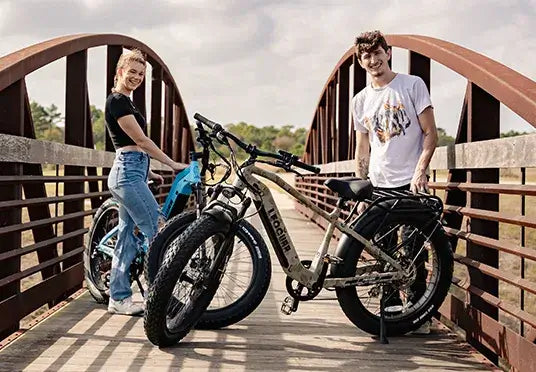
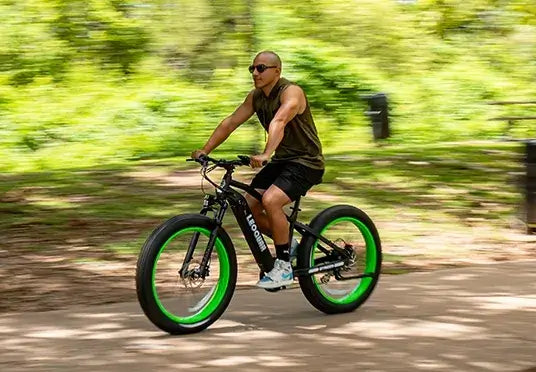
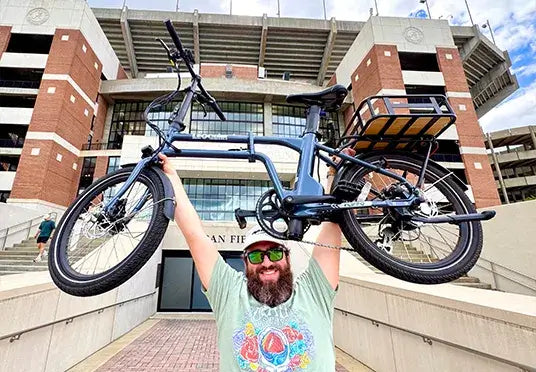
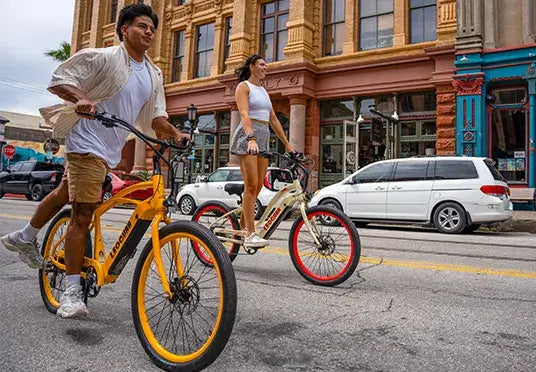
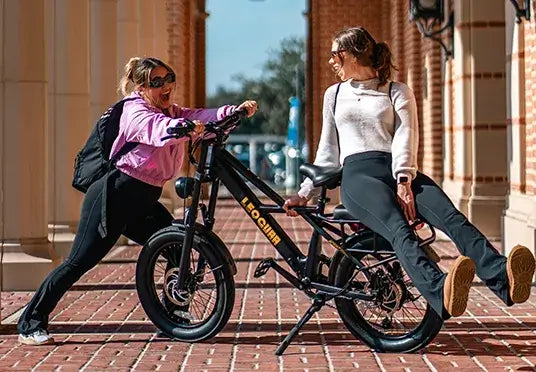
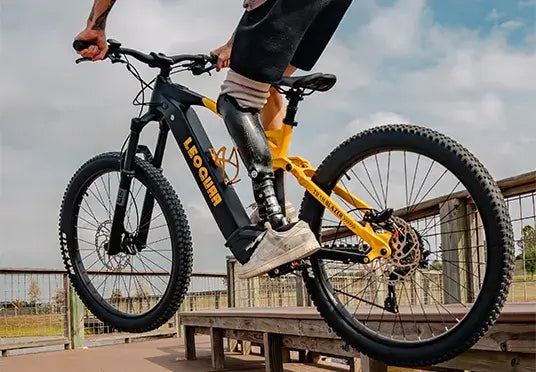

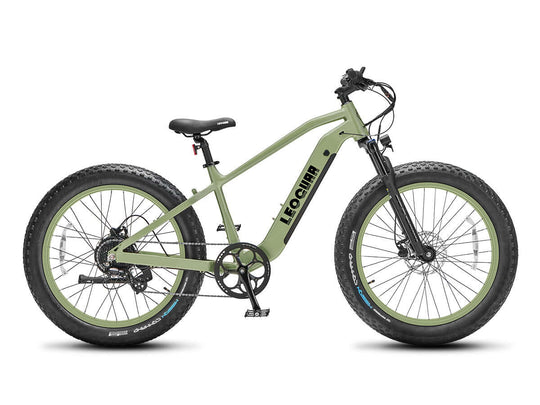
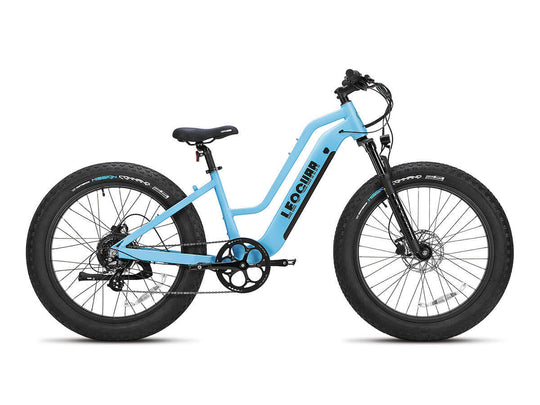
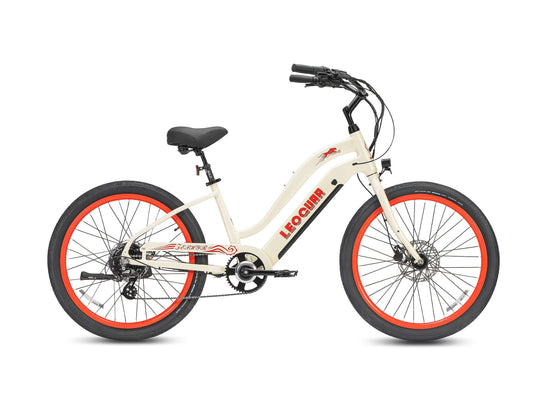
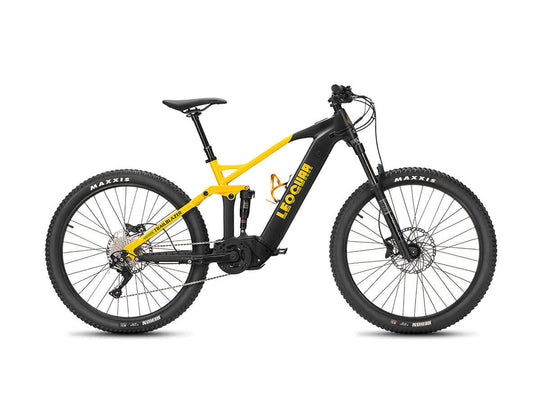
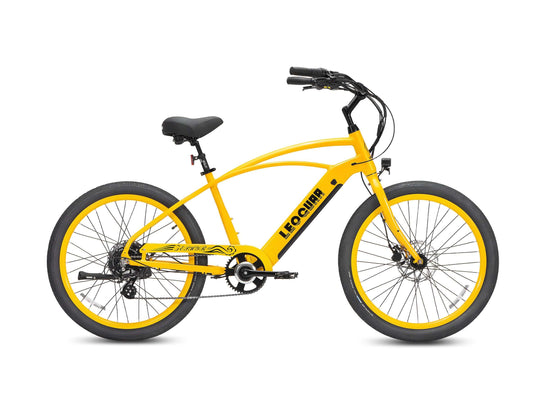
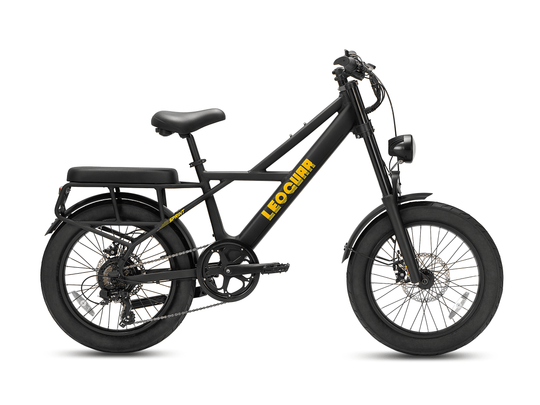
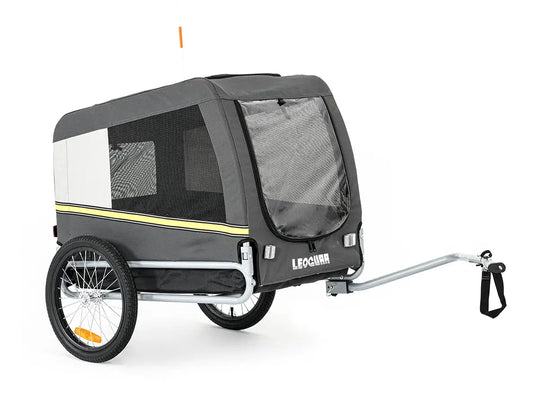
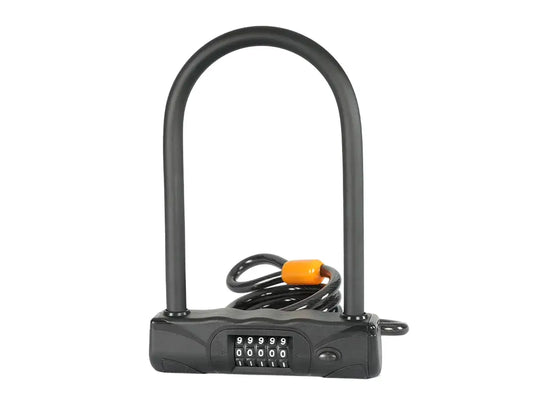
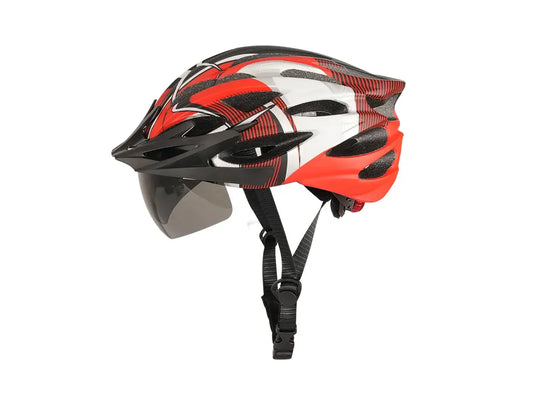

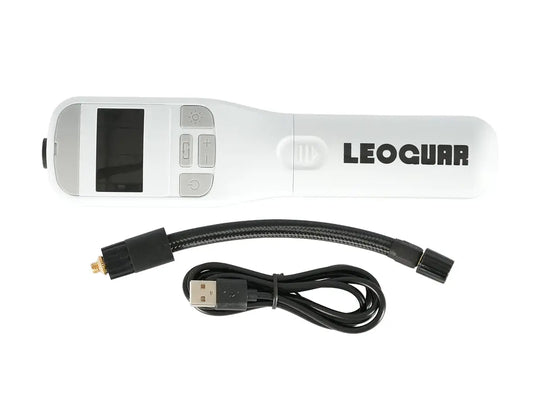
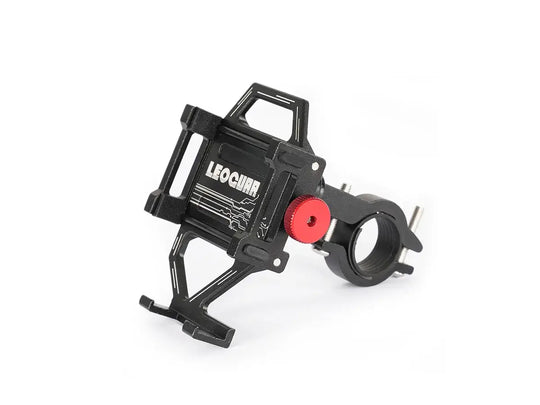
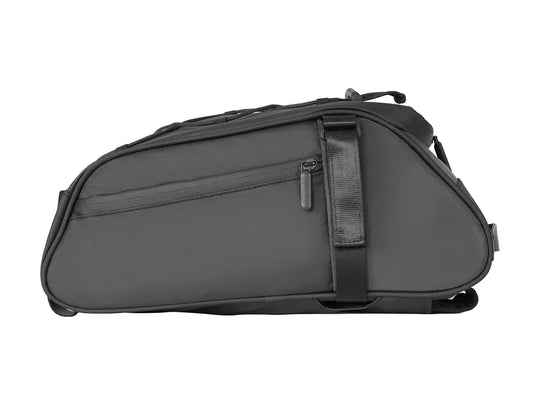
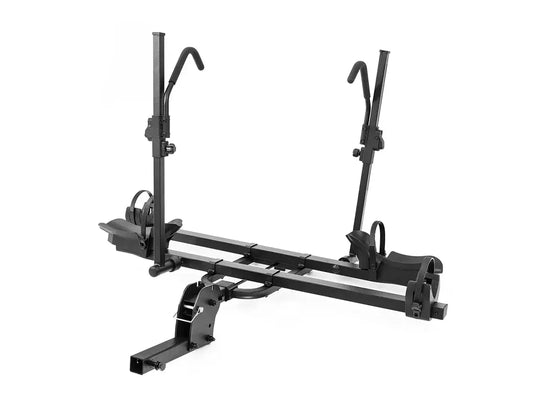
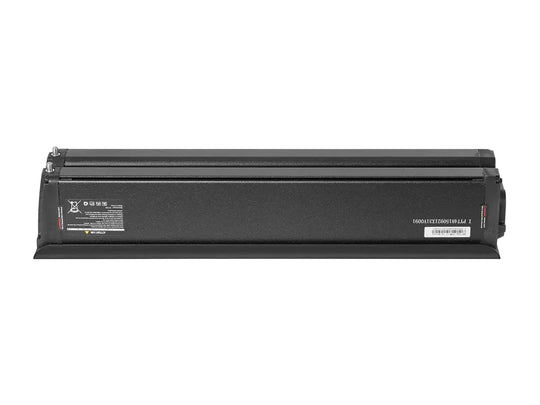

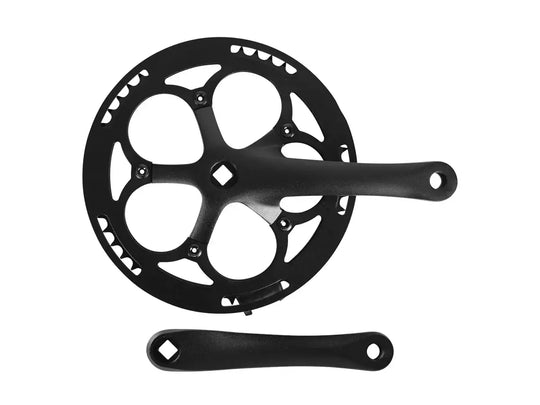
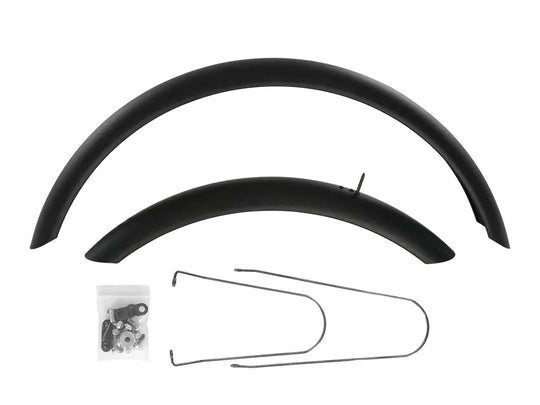
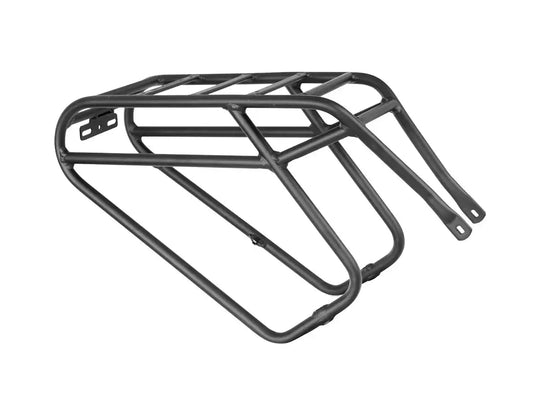
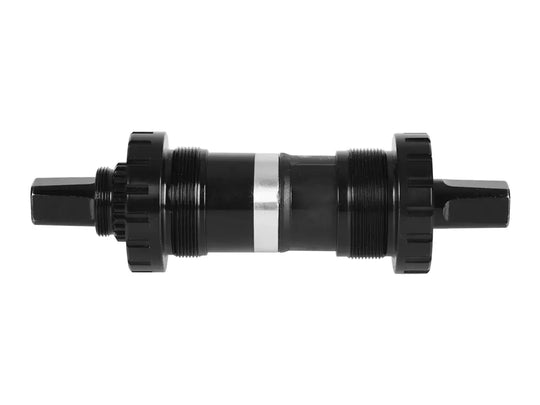
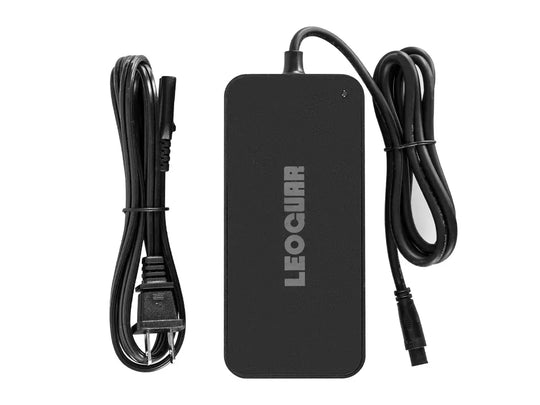
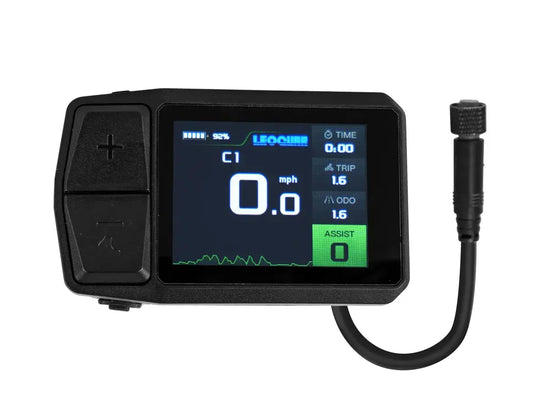









Leave a comment